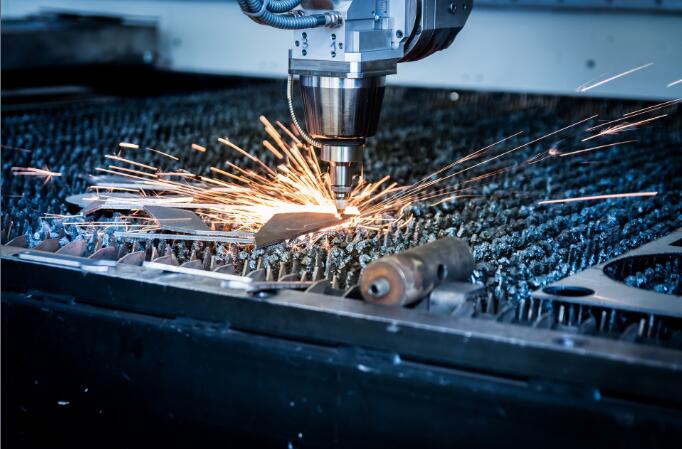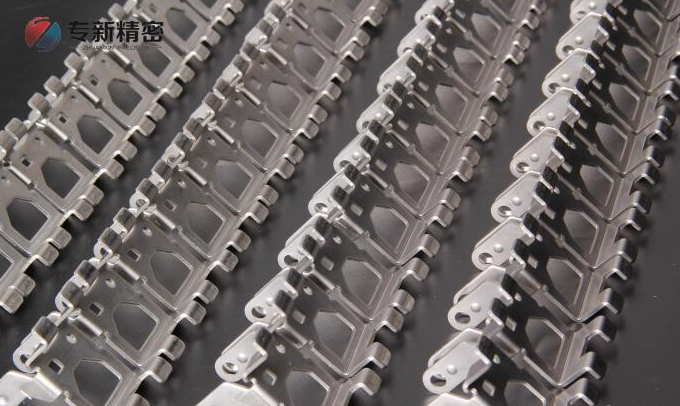Sheet metal processing
Sheet metal processing is a very common processing technology. Its production process is different according to different product structures. It is often used in the following zero domains: in electronics, communications, automotive industry, medical equipment, etc.
How much do you know about sheet metal technology?

Dongguan Zhuanxin Precision Hardware Co.,LTD has focused on sheet metal processing for many years and has rich experience and industry knowledge. Let's learn more about sheet metal processing:
The processing procedures of sheet metal technology generally have the following types:
For general parts: blanking, punching, bending, trimming, blanking, cleaning, welding, surface treatment, etc.
For complex parts: stretching, peeling, punching, side cutting, blanking, cleaning, welding, surface treatment, etc.
Every industry has its industry terms, and the sheet metal processing industry is no exception.
Riveting: refers to the process of first countersinking the workpiece, and then using a punch or hydraulic machine to firmly crimp the rivet nut on the workpiece.
Pull mother: refers to the use of similar riveting process. The process of firmly connecting connecting pieces such as pop rivet nuts (POP) to the workpiece with a female .

Dongguan Zhuanxin Precision Hardware Co.,LTD has focused on sheet metal processing for 13 years. In addition, it can also undertake a variety of prototypes, CNC small batch processing, CNC lathe processing, etc. The industry involves automobiles, aviation, medical, robotics, lighting Etc., wide processing area, high precision, fast speed, punctual delivery, long-term cooperation with large domestic and foreign companies, such as Hisense, Honda, ABB, Bosch, etc.
Scarlett
Copyright http://www.zx-cncmachining.com/ (ZhuanXin Precision is a factory which specializing in 10-1000 CNC machining) Please indicate the source.
















